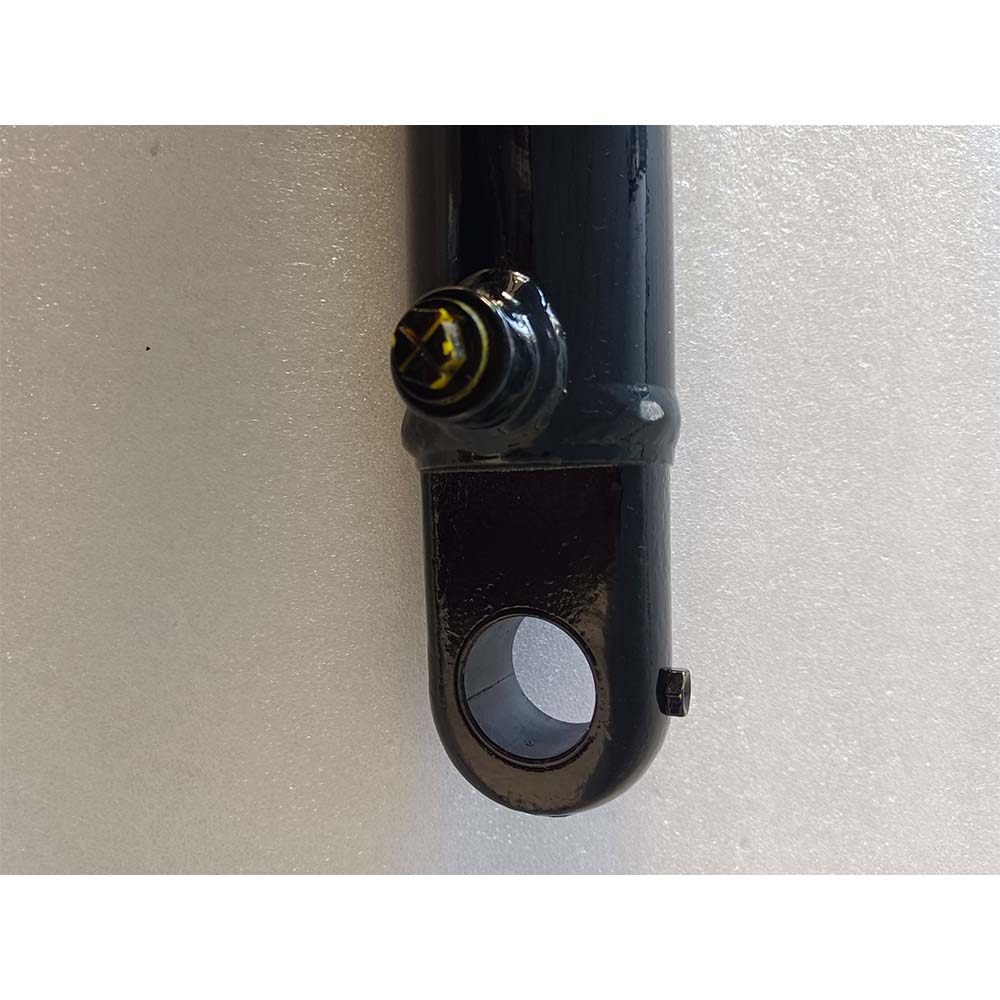Dec . 07, 2024 10:29 Back to list
rebuild a hydraulic cylinder manufacturers
Rebuilding a Hydraulic Cylinder A Guide for Manufacturers
Hydraulic cylinders play a vital role in numerous industrial applications, from construction equipment to manufacturing machinery. These essential components convert hydraulic energy into mechanical energy, enabling precise movement and power. However, like all mechanical systems, hydraulic cylinders can wear out, leak, or become inefficient over time. As a manufacturer, understanding how to rebuild hydraulic cylinders not only extends their lifespan but also contributes to operational efficiency and cost savings. This article outlines the process of rebuilding hydraulic cylinders, highlighting the key steps and best practices.
Understanding the Need for Rebuilding
Before delving into the rebuilding process, it's crucial to grasp why cylinders need maintenance or rebuilding. Factors such as wear and tear, corrosion, contamination, and improper usage can lead to reduced performance. Common symptoms of a malfunctioning hydraulic cylinder include fluid leaks, reduced speed, or uneven movement. Regular inspections and timely action can prevent costly downtime and improve system reliability.
Assessing the Condition
The first step in rebuilding a hydraulic cylinder is a thorough assessment. This involves disassembling the cylinder and examining each component for signs of damage or wear. Key components to inspect include
1. Cylinder Barrel Look for scratches, dents, or rust that could affect sealing surfaces. 2. Piston Rod Check for pitting, corrosion, or excessive wear which could lead to leaks. 3. Seals and O-rings Examine these for cracks or deterioration; they are often the first points of failure. 4. End Caps and Mounting Hardware Ensure these are intact and within specification.
After assessing, document all findings and decide which components can be reused and which need replacement.
Preparing for Rebuilding
Once the assessment is complete, gather the necessary tools and replacement parts. Common tools needed for rebuilding include
rebuild a hydraulic cylinder manufacturers

- Torque wrench - Seal pullers - Calipers and micrometers for measuring tolerances - Cleaning supplies such as solvents and cloths
Make sure to source high-quality replacement parts, ensuring compatibility with the original specifications. Using inferior materials can lead to premature failures.
Rebuilding Process
1. Cleaning Start with a thorough cleaning of all components using appropriate solvents. Removing old oil, dirt, and debris is crucial to ensure proper functioning of new seals and parts. 2. Inspecting and Machining If the cylinder barrel or piston rod shows signs of wear beyond acceptable limits, you may need to machine these components. This may involve honing the barrel or re-chroming the piston rod to restore dimensions.
3. Replacing Seals Install new seals and O-rings, applying a light grease to facilitate installation and ensure a secure fit. Ensure they are correctly seated in their grooves to prevent leaks.
4. Reassembling Carefully reassemble the cylinder, ensuring all components are aligned correctly. Follow torque specifications for the end caps and other fastening components to avoid distortion.
5. Testing Once reassembled, the hydraulic cylinder should be tested under controlled conditions. Check for leaks and ensure that it operates smoothly across its full range of motion. This test is critical to validate the effectiveness of the rebuild.
Conclusion
Rebuilding hydraulic cylinders is an essential aspect of maintenance for manufacturers engaged in various industries. By understanding the rebuilding process, from assessment to testing, manufacturers can enhance machinery reliability and reduce operational costs. Regular maintenance not only extends the life of hydraulic cylinders but also supports overall productivity in manufacturing operations. Embracing a systematic approach to rebuilding will ensure that your machinery remains robust and efficient, contributing to your success in a competitive market.
-
Fork Lift Power Units - Hebei Shenghan | Efficiency, Reliability
NewsJul.13,2025
-
1.5-Ton Turbocharged Cylinder-Hebei Shenghan|Hydraulic Solution,Energy Efficiency
NewsJul.13,2025
-
Auto Hoist Power Units-Hebei Shenghan|Efficiency&Industrial Lifting
NewsJul.13,2025
-
Double Acting Power Units-Hebei Shenghan|Hydraulic Solutions,Industrial Efficiency
NewsJul.13,2025
-
1.5 Ton Lifting Cylinder 70/82-40-290-535 - High-Performance Hydraulic Solution | Hebei Shenghan
NewsJul.13,2025
-
Fork Lift Power Units - Hebei Shenghan | Efficiency&Reliability
NewsJul.13,2025
